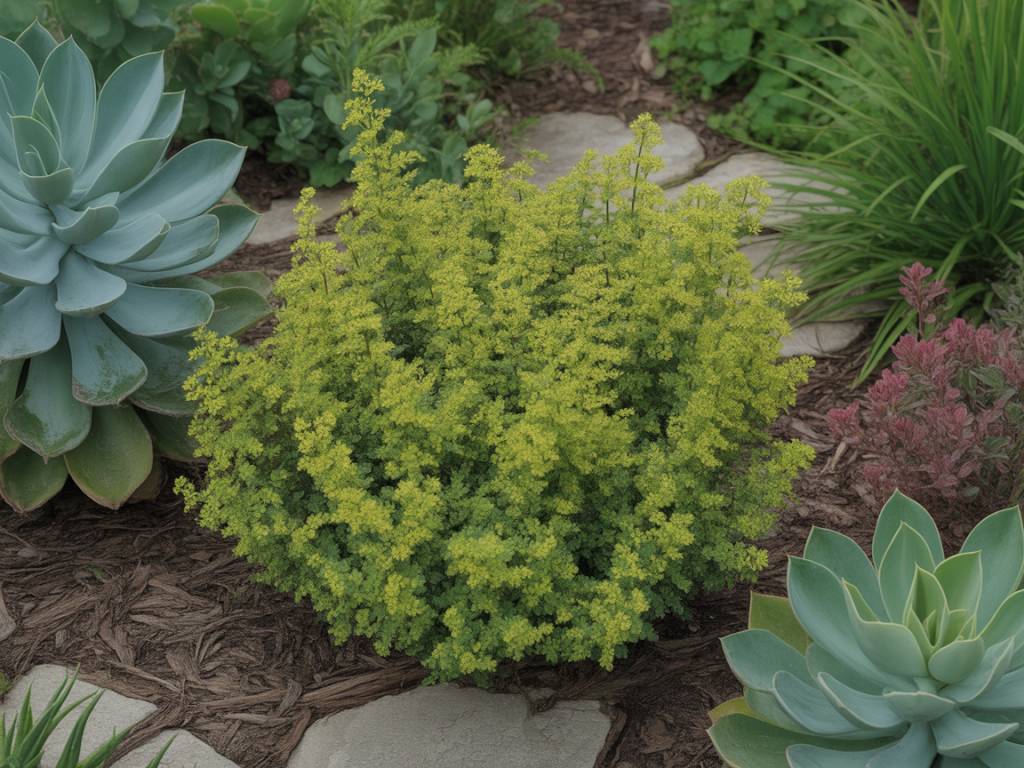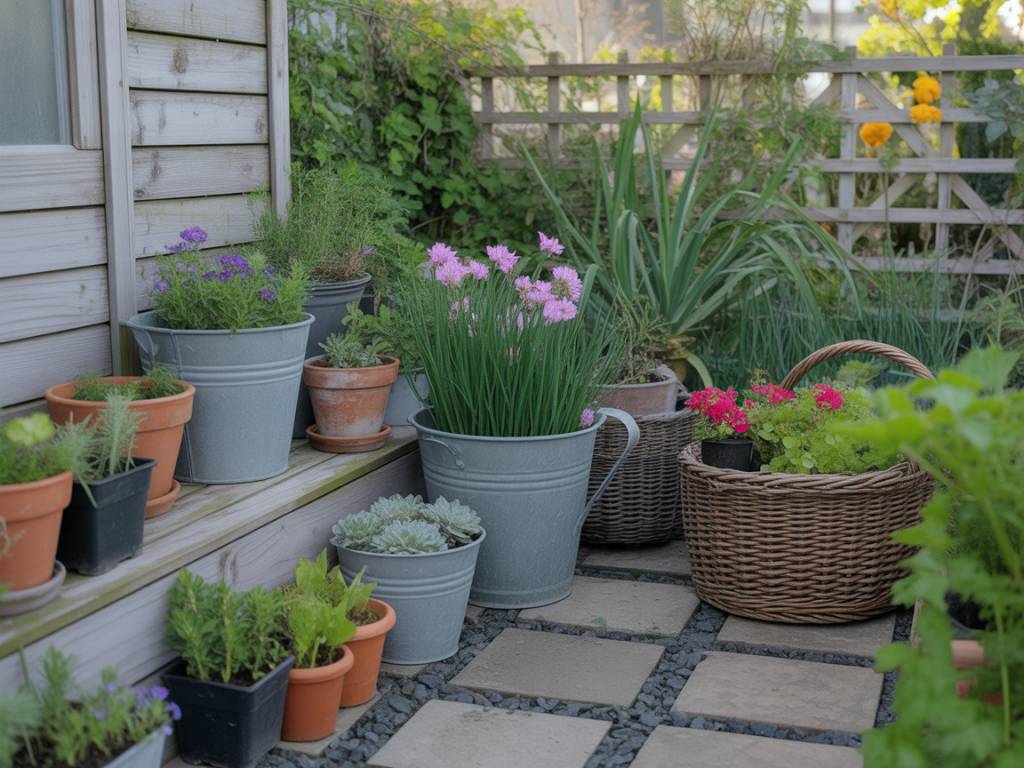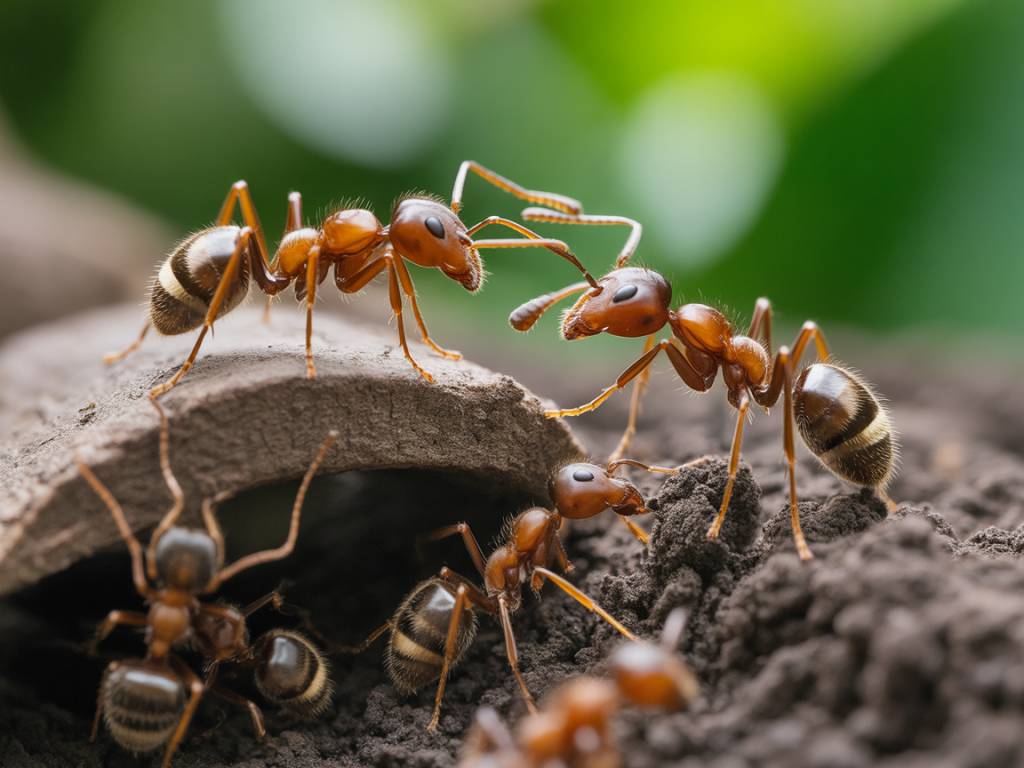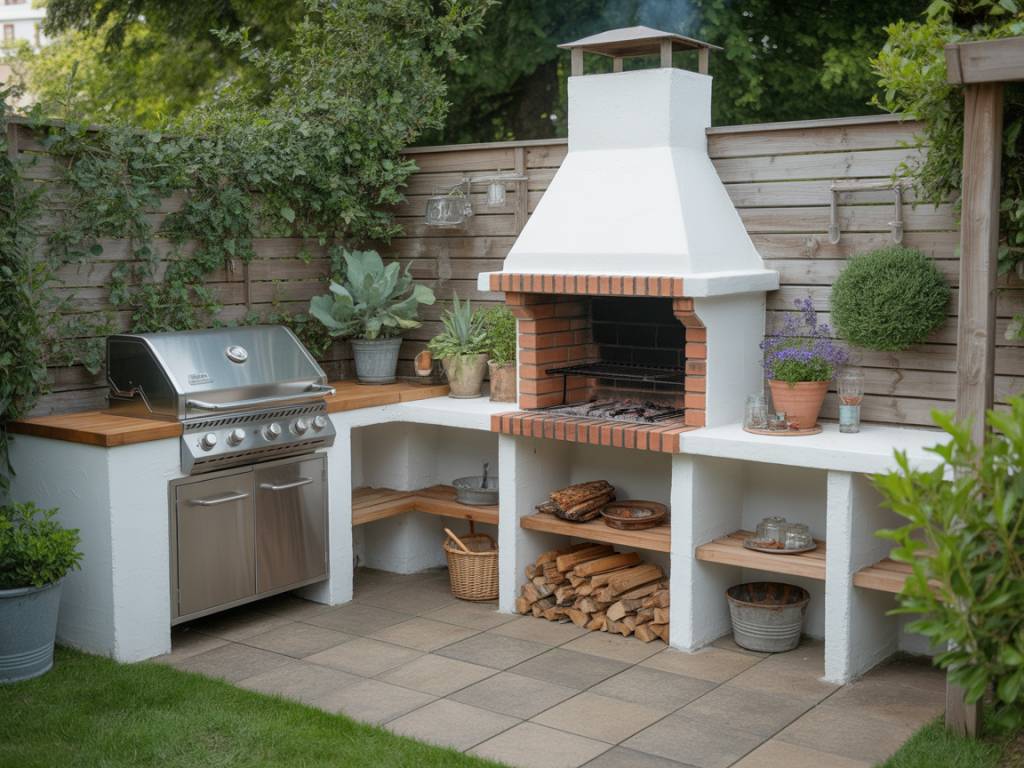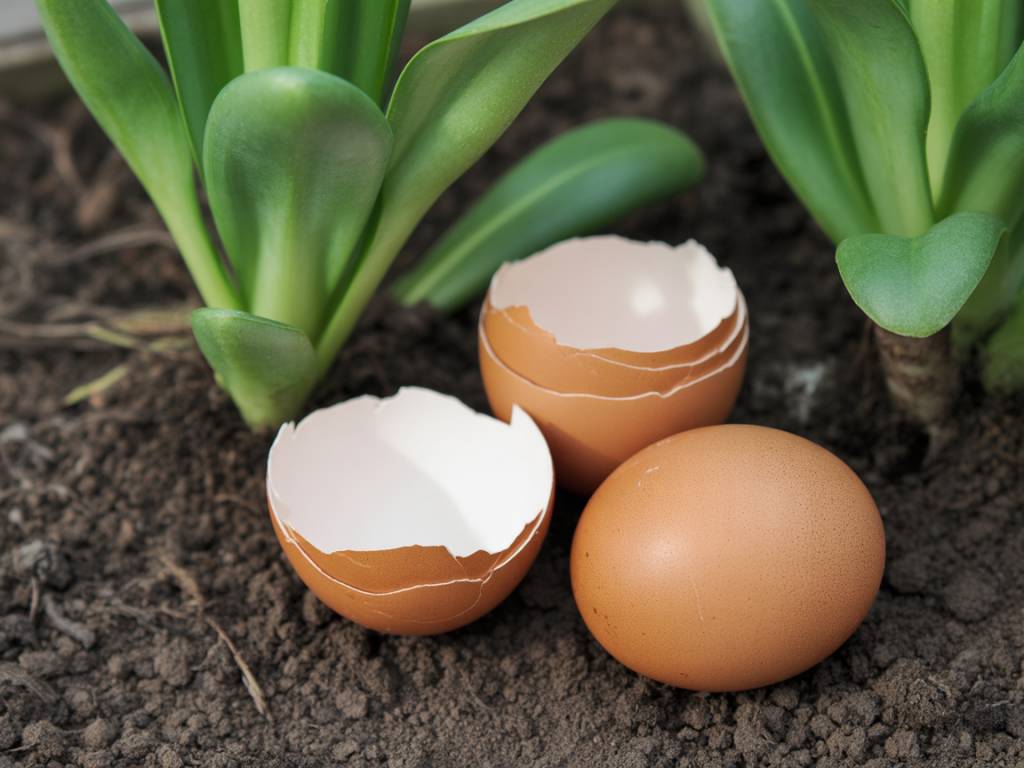There’s a special kind of heartbreak that comes from falling in love with a rhododendron, only to discover your garden sits on solid chalk. I remember my first garden on the South Downs: spade striking white stone, hydrangeas sulking, azaleas turning a tired, washed-out yellow. It felt like the earth itself was saying “not here, my dear”.
But here’s the good news: living on chalky soil in the UK does not mean you must abandon your dreams of acid-loving shrubs. It simply means you’ll need to garden a little more thoughtfully, and sometimes a little more creatively.
Understanding chalky soils and why acid-lovers struggle
Chalky soils are usually alkaline, often very free-draining, and packed with calcium carbonate. You’ll know you have it if:
- Your soil is pale and crumbly with white stones, or
- You see lime-loving wild plants nearby (like wild marjoram or cowslips), or
- Water from your tap is “hard” and leaves limescale.
Most classic acid-loving shrubs (also called calcifuges) dislike this because:
- In alkaline soil, iron and other nutrients get “locked up”, causing yellowing leaves (chlorosis).
- Free-draining chalk can dry out quickly, stressing shallow-rooted shrubs.
- Their fine roots simply aren’t adapted to high lime levels.
So while you can’t easily turn a chalk hillside into a Scottish pine forest, you can create pockets of acidic heaven: raised beds, generous planting holes lined and refilled, and beautiful container displays brimming with your favourite ericaceous shrubs.
Can acid-loving shrubs really thrive on chalk?
Yes – but with a small asterisk. They won’t thrive by being planted straight into unamended chalky ground. What you’re really doing is giving them their own private world within your garden: acidic, moisture-retentive, and rich in organic matter.
Think of it as creating little “islands” of woodland soil in a sea of lime. As long as those islands are generous, refreshed over time, and carefully watered, your shrubs will be perfectly content.
Let’s walk through some of the best acid-loving shrubs you can enjoy in a chalky UK garden – and how to give each of them what they need.
Best acid-loving shrubs for chalky UK gardens (with a little help)
All of the shrubs below are happiest in acidic soil, but can be grown wonderfully in chalky areas using ericaceous compost in containers, large tubs, or carefully prepared planting pockets.
Classic showstoppers: rhododendrons and azaleas
These are the dreamers’ plants – clouds of blossom in spring, with that quiet woodland magic. Perfect for a north or east-facing corner out of harsh midday sun.
- Rhododendron yakushimanum hybrids – Compact, slow-growing shrubs with neat, rounded shapes and buds that often open in contrasting shades. Ideal for large containers on a shaded patio.
- Evergreen azaleas (Rhododendron japonicum and others) – Lower-growing than most rhododendrons, brilliant for the front of borders or pots by a doorway. Flowers smother the foliage in late spring.
- Deciduous azaleas – Glorious in oranges, golds, pinks and reds, many with a delicious scent. Their autumn colours can be just as beautiful as their flowers.
How to grow them on chalk: use large, deep containers filled with ericaceous compost, or sink big bottomless pots into the ground. Mulch every year with leafmould or pine needles, and water with rainwater where possible.
Camellias: winter jewels
Camellias bring glamorous flowers from late winter to early spring, right when the rest of the garden is still waking up. Their glossy evergreen foliage is a delight year-round.
- Camellia japonica – Big, bold blooms in whites, pinks and reds. They like dappled shade and protection from early-morning sun, which can scorch frosted buds.
- Camellia x williamsii – Generally tougher and more forgiving, often with slightly looser, informal flowers and excellent garden performance.
- Camellia sasanqua – Flowers in autumn into early winter with a gentle fragrance. Lovely near a doorway or path where you pass closely.
How to grow them on chalk: again, containers are your friends. Use ericaceous compost, keep them evenly moist (they form next year’s buds in late summer), and avoid waterlogging by ensuring excellent drainage at the base of the pot.
Enchanting pieris and andromeda
I have a soft spot for Pieris japonica. In spring, its new growth flushes bronze or scarlet, hanging like little lanterns against dark leaves, followed by tassels of white or pink blossom beloved by bees.
- Pieris japonica ‘Forest Flame’ – Vivid red new growth turning to cream and then green. A strong focal shrub in a container near a seating area.
- Pieris japonica ‘Little Heath’ – More compact and variegated, perfect for smaller spaces.
- Enkianthus campanulatus (a close cousin in spirit) – A graceful shrub with delicate, lantern-like flowers and fiery autumn colour. Gorgeous in a large pot.
How to grow them on chalk: these appreciate consistent moisture but hate sitting in water. A large container of ericaceous compost with a thick mulch will keep their fine roots happy.
Hydrangeas with a changeable mood
Hydrangeas are wonderfully forgiving shrubs that reward even modest care, but their flower colour can shift depending on soil pH. This can be used to your advantage.
- Hydrangea macrophylla (mophead and lacecap types) – On acidic soils they flower blue; on alkaline, pink or mauve. In chalky gardens, you’ll almost always get pink unless growing in pots with ericaceous compost.
- Hydrangea serrata – Slightly more delicate and often more reliably blue in acid conditions, ideal for pots.
- Hydrangea paniculata – More tolerant of neutral to slightly alkaline soils and less fussy than mopheads about pH. They’re a good “bridge” shrub between acid-lovers and chalk-tolerant plants.
How to grow them on chalk: if you crave blue flowers, keep them in ericaceous compost and top up with a specialist hydrangea colourant (aluminium-based) in spring. If you’re happy with pinks, you can use a more neutral mix, but good organic matter is always welcome.
Heathland charm: heathers and friends
Heathers can turn a pot or small raised bed into a miniature landscape: low, textural, and buzzing with life on a sunny winter’s day.
- Calluna vulgaris (summer-flowering heather) – Needs acid soil to thrive, best in baskets, troughs or shallow raised beds filled with ericaceous compost.
- Erica carnea and Erica x darleyensis (winter-flowering heathers) – Generally more lime-tolerant and may cope better where soil is only slightly alkaline, so they can bridge the gap in chalk gardens.
How to grow them on chalk: plant in wide, shallow containers with ericaceous compost, mixing in some grit for drainage. They combine beautifully with dwarf conifers in pots.
Smaller acid-lovers for underplanting
While the focus is on shrubs, it’s worth mentioning some lower-growing acid-lovers that knit everything together beneath your taller plants.
- Gaultheria procumbens – A low, creeping shrub with glossy leaves and bright red berries. Lovely at the base of camellias or pieris in pots.
- Leucothoe – Evergreen with arching branches and colourful new growth, excellent in shaded containers for soft, cascading foliage.
- Skimmia japonica – Tolerates neutral to slightly acid conditions and can sometimes manage in improved ground in chalky gardens. Fragrant flowers and attractive berries.
These make ericaceous containers look full and lush, protecting the compost from direct sun and helping to keep moisture in.
Essential techniques for growing acid-lovers in chalky gardens
If there’s one secret to success here, it’s this: you are gardening in three dimensions. Roots, water, pH – everything is happening below the surface, out of sight. A little planning pays off handsomely.
1. Favour containers and raised beds
- Use large pots (bigger than you think) to buffer temperature and moisture changes.
- Fill with high-quality ericaceous compost, and mix in a little fine bark or leafmould for extra organic matter.
- For raised beds, line the bottom and sides with a permeable membrane before filling with a deep layer of acidic mix. This slows contact with the chalk below.
2. Water wisely
- Whenever possible, use rainwater. Chalky tap water gradually raises the pH of your compost over time.
- Keep compost evenly moist, especially for camellias and hydrangeas in late summer when buds are forming.
- Avoid letting pots dry out completely – ericaceous compost can become hard to re-wet when bone dry.
3. Mulch like a woodland floor
- Top dress containers annually with a layer of leafmould, pine needles, or fine bark.
- This helps mimic the natural forest litter that acid-loving shrubs evolved under.
- Mulch also slows down the creeping alkalinity from chalk dust and tap water.
4. Feed gently, not greedily
- Use a slow-release ericaceous fertiliser in spring, following packet instructions.
- Avoid high-lime feeds such as spent mushroom compost or wood ash near your containers.
- If leaves begin to yellow between the veins, a chelated iron tonic can help correct mild chlorosis.
5. Refresh the compost over time
- Every 3–4 years, tip a shrub gently from its pot and scrape away some of the tired compost around the edge and top.
- Top back up with fresh ericaceous mix and mulch, trimming any circling roots to encourage new growth.
Balancing the border: chalk-tolerant companions
While your acid-lovers will mostly live in their own little worlds, your wider borders can be beautifully filled with shrubs that actually enjoy your chalky soil. These make lovely companions, visually and structurally, even if they’re not ericaceous themselves.
- Viburnum tinus – Evergreen with winter flowers and berries, very tolerant of alkaline soils.
- Choisya ternata (Mexican orange blossom) – Scented white flowers, glossy foliage, ideal for sunny chalky spots.
- Hebe varieties – Many cope well with chalk and bring neat evergreen shapes and summer flowers.
- Potentilla fruticosa – Tough, sun-loving shrub with cheerful flowers from late spring to autumn.
- Philadelphus (mock orange) – Often happy on chalk and blessed with deliciously scented summer flowers.
By combining these chalk-lovers in open ground with a few beautifully placed pots of acid-lovers, you can have the best of both worlds: a garden that works with your soil while still indulging those woodland dreams.
Planting ideas for different garden corners
To help you imagine how this might look in your space, here are a few simple combinations tailored to chalky UK gardens.
A shady patio nook
- Large pot: Camellia x williamsii in ericaceous compost.
- Underplanting: Gaultheria procumbens and a dwarf fern in the same pot.
- Nearby in the ground: Viburnum tinus and a Helleborus orientalis for winter flowers in chalky soil.
A sunny front garden
- Raised bed: A mix of dwarf rhododendrons and evergreen azaleas, with heathers at the front, all in ericaceous compost.
- Border behind (in chalk): Hebe, Potentilla and a sun-loving rosemary hedge.
A small courtyard or balcony
- Two matching containers: Pieris ‘Forest Flame’ flanking a doorway.
- Low trough: A tiny heather garden with Calluna and dwarf conifers.
- Hanging basket: Trailing ivy and small-flowered heathers for year-round interest.
When to plant and how to start
For most acid-loving shrubs in containers, the best planting time is early spring or early autumn, when the weather is cool and moist but the soil (or compost) is still workable.
- Choose healthy plants with well-developed roots, but not pot-bound.
- Soak the rootball in a bucket of water before planting until the bubbles stop rising.
- Plant at the same depth as in the nursery pot – never deeper.
- Water thoroughly after planting and keep a close eye on moisture for the first growing season.
In chalky gardens, it’s wise to set up a small rainwater collection system – even a single butt under a shed roof can supply your pots through much of the year.
A gentle closing thought from the garden bench
Chalky soil can feel, at first, like a limitation, especially when glossy gardening books show rhododendrons tumbling down acid hillsides and camellias peeking from misty woodland. Yet gardens are always, in some way, about working with what we have – and then quietly bending the rules where we can.
By giving your acid-loving shrubs their own carefully created pockets of comfort – in pots, raised beds, or thoughtfully prepared planting holes – you invite a different kind of beauty into your chalky plot. Hydrangeas that shift from pink to blue at your whim, pieris flickering with spring colour, camellias lighting up winter’s gloom: all of these can be part of a chalkland garden, if you choose.
So perhaps, next time your spade hits that familiar white stone, you’ll simply smile, shake off the dust, and turn back to your camellia in its handsome pot – thriving, glossy, and perfectly at home, in the small world you made just for it.

